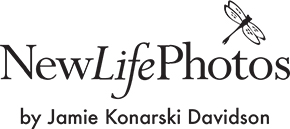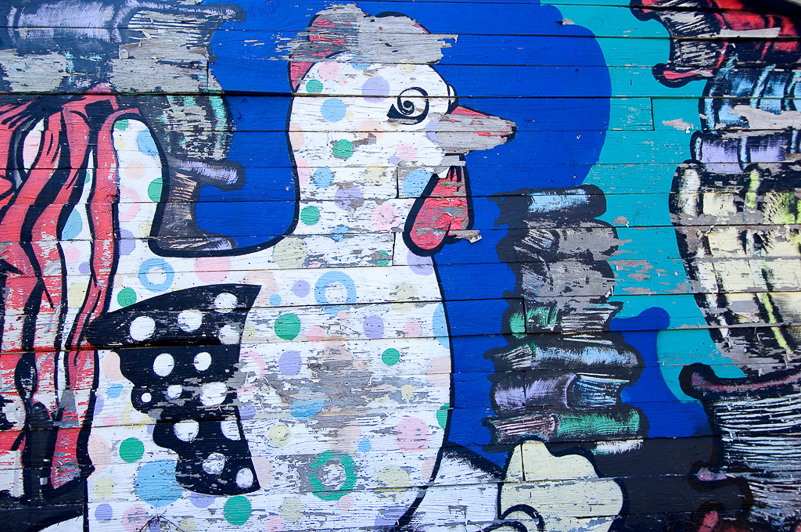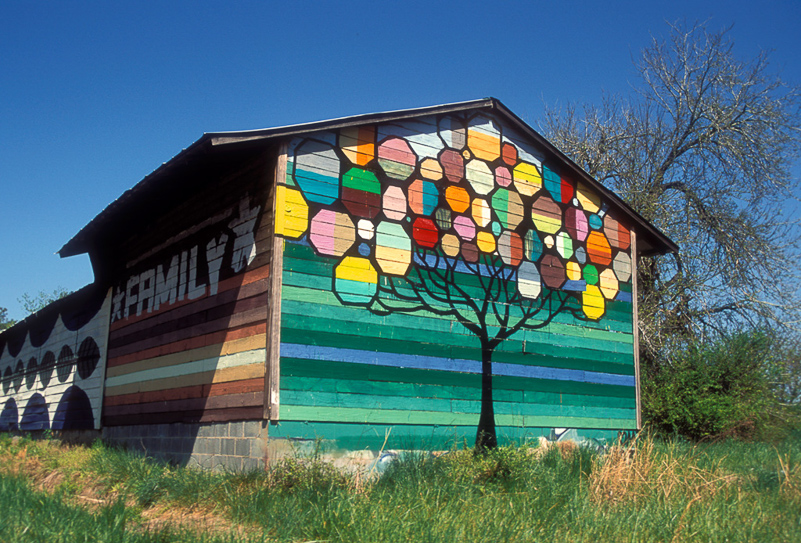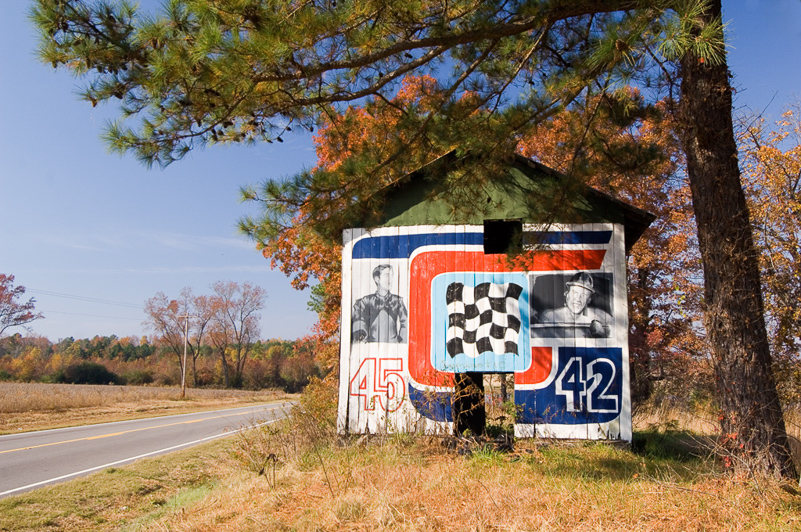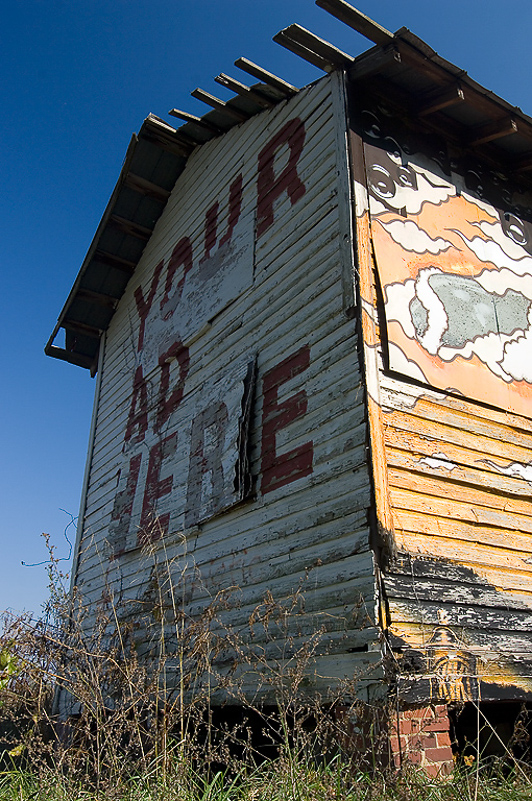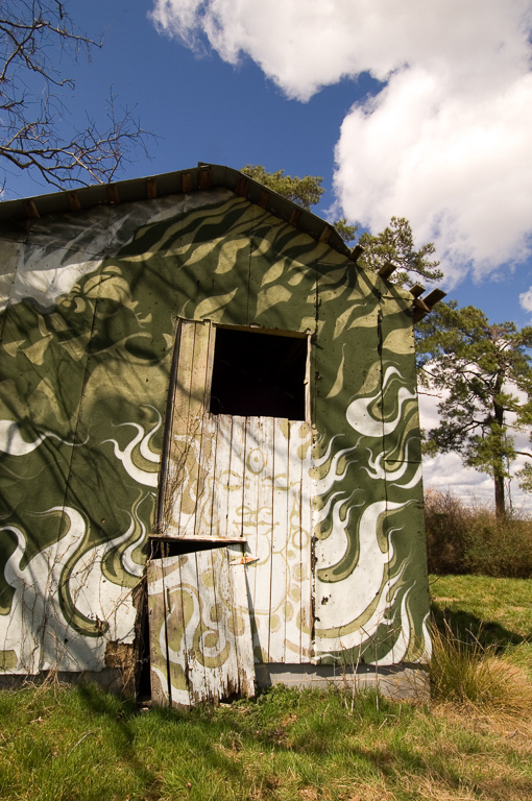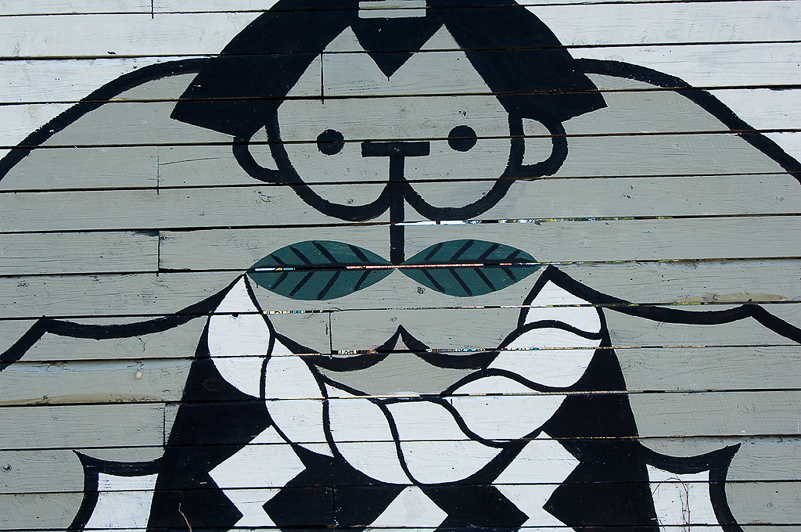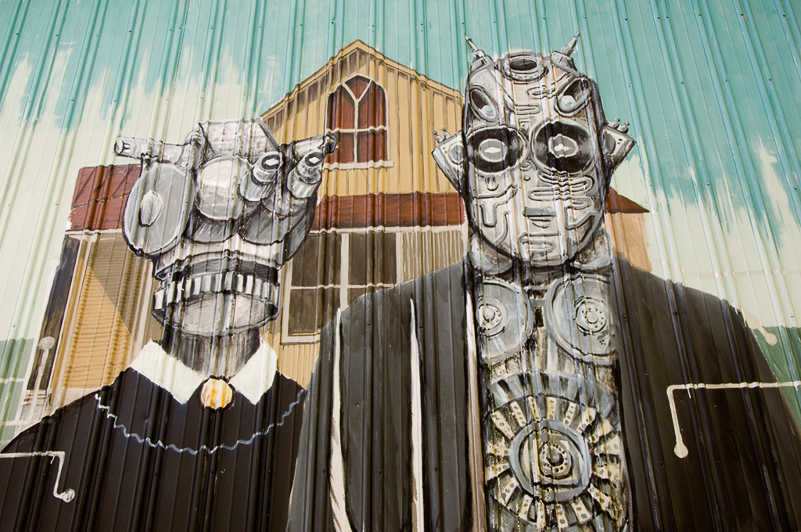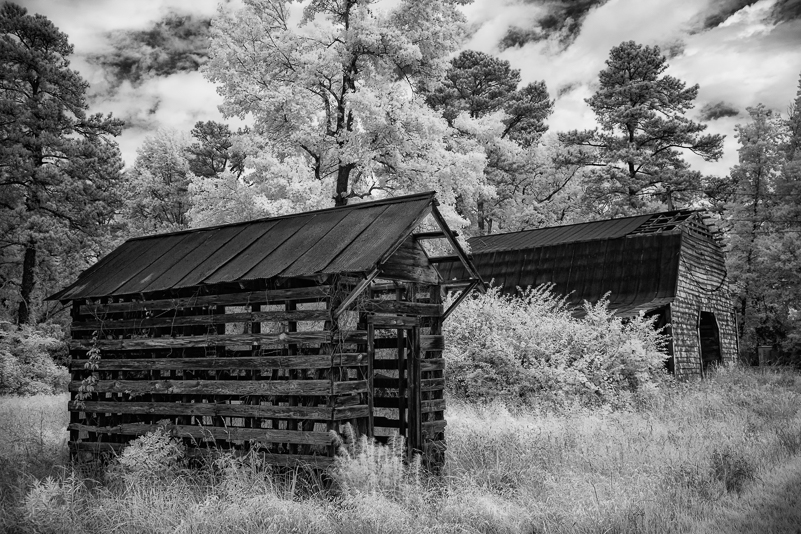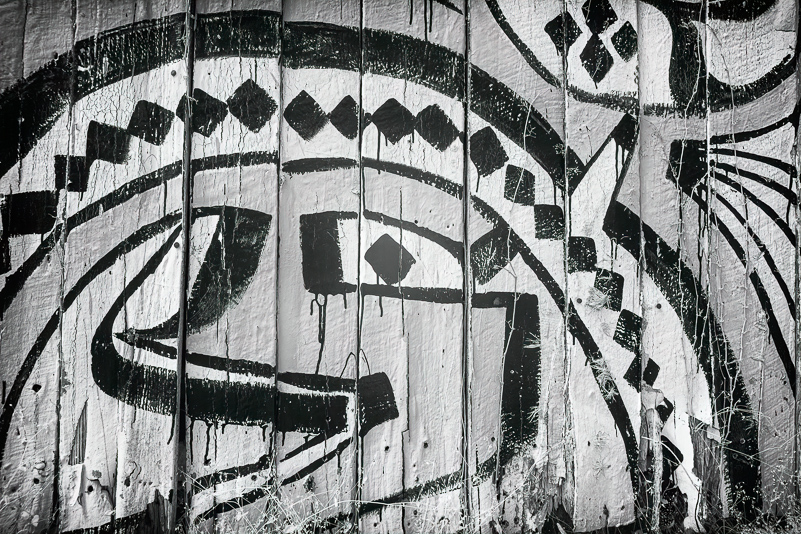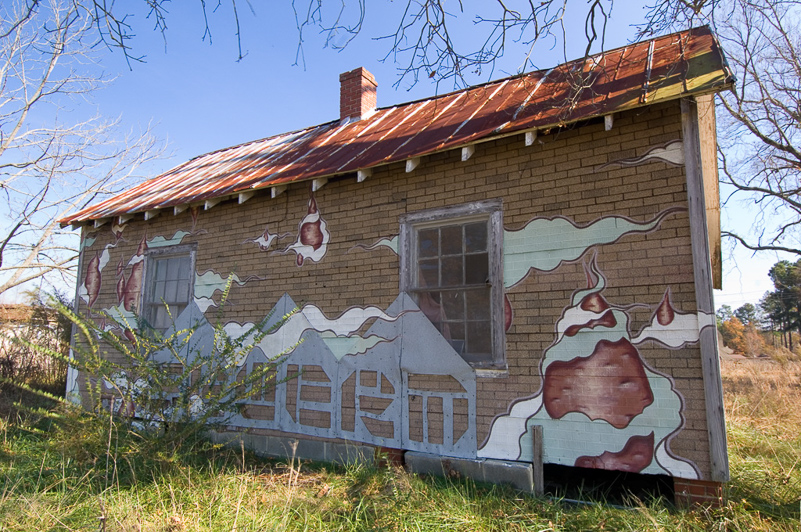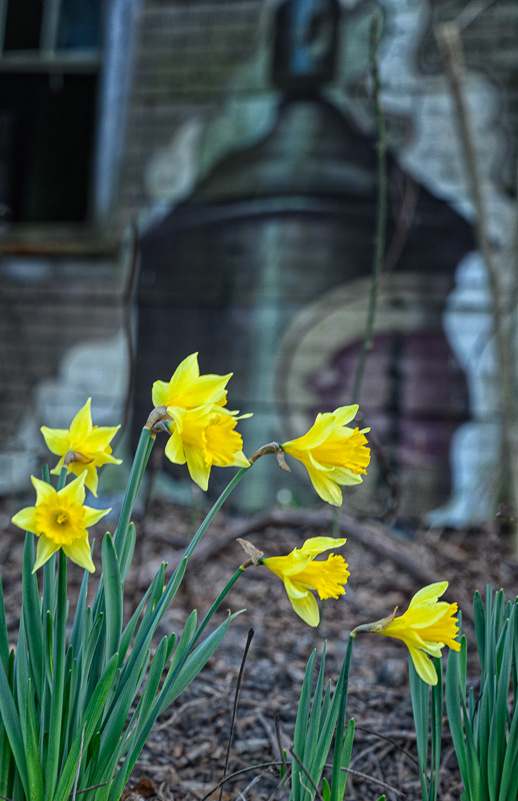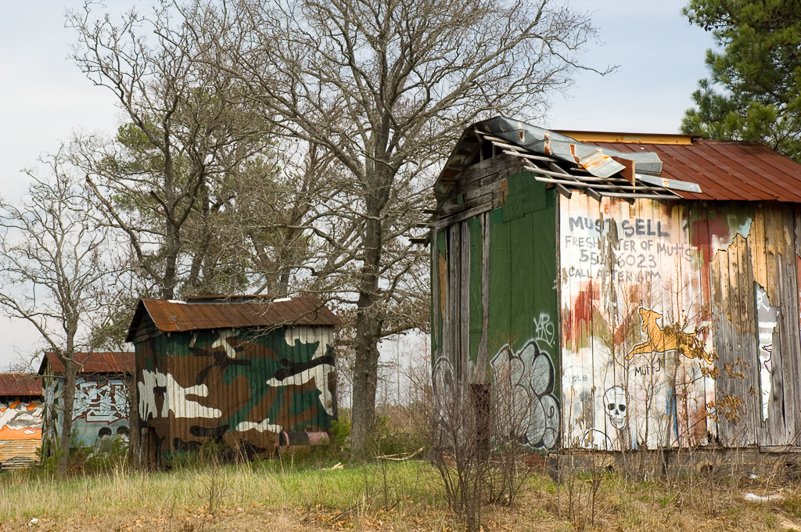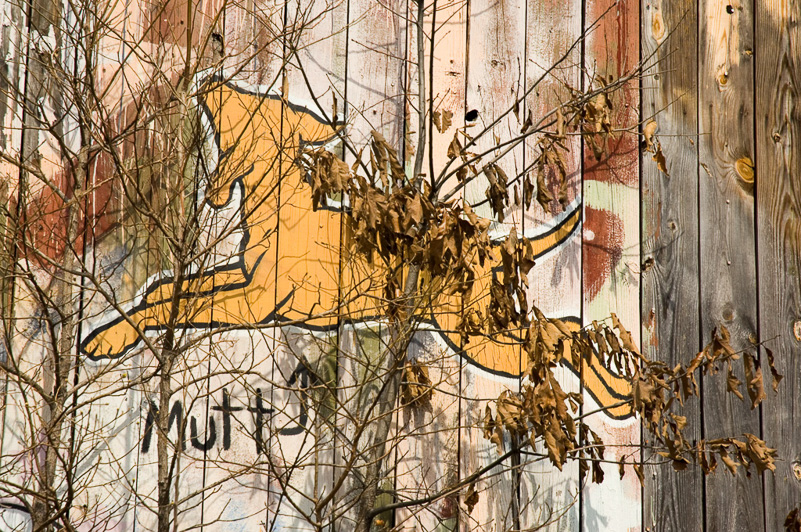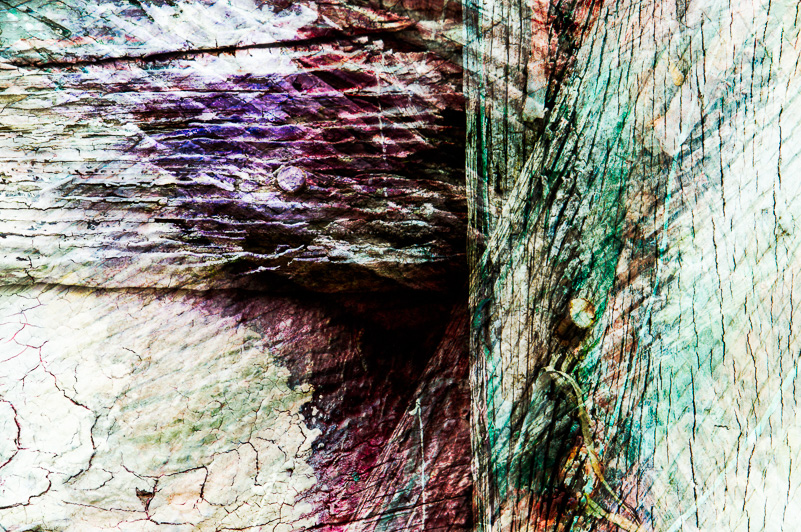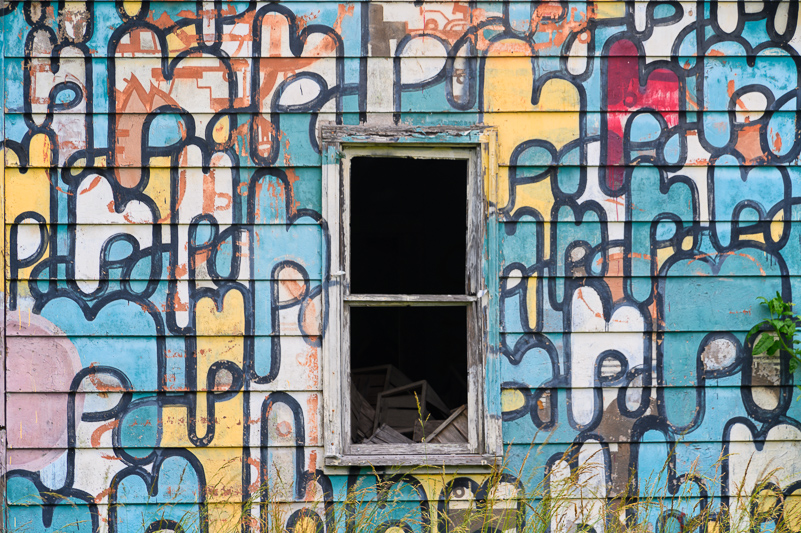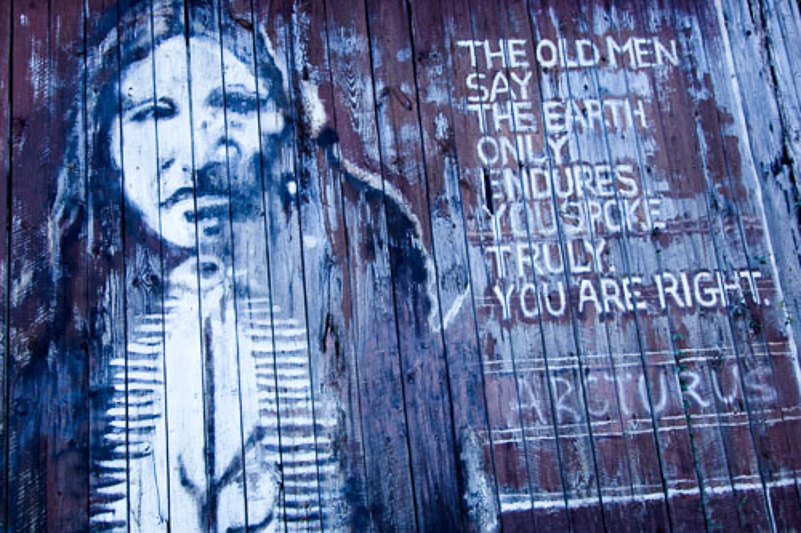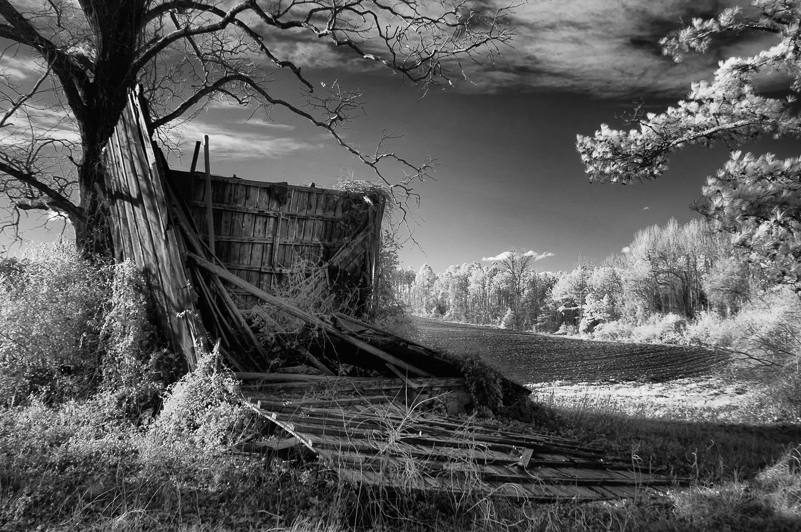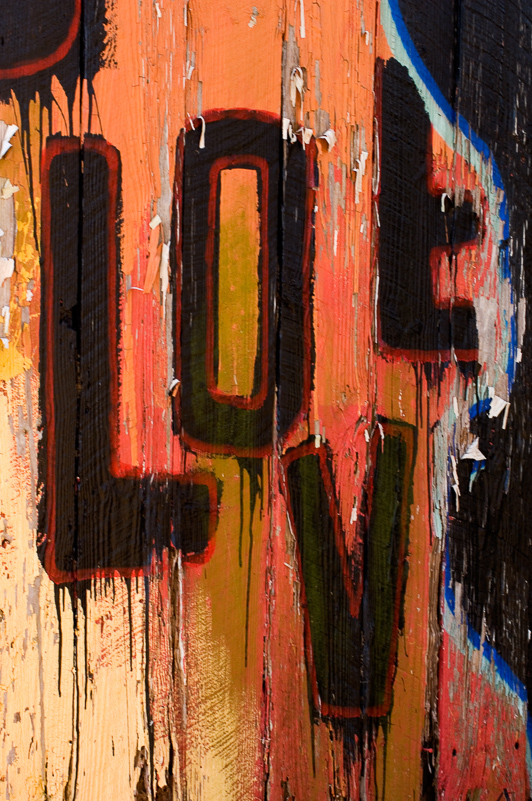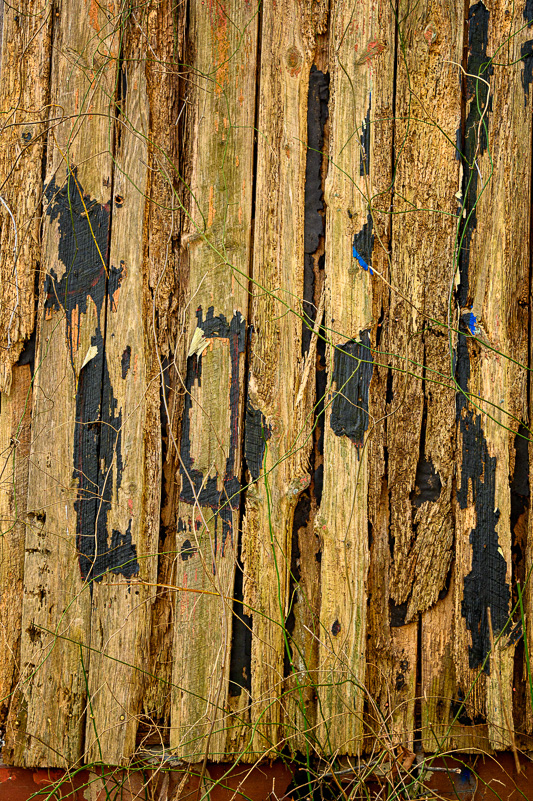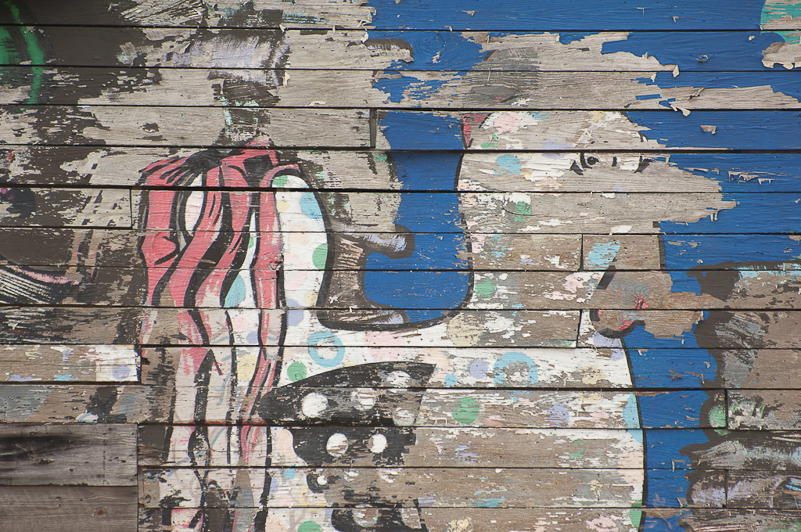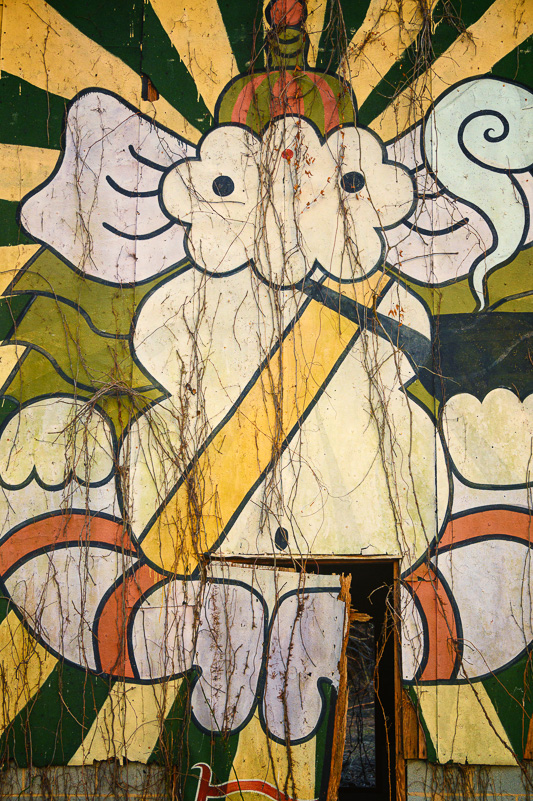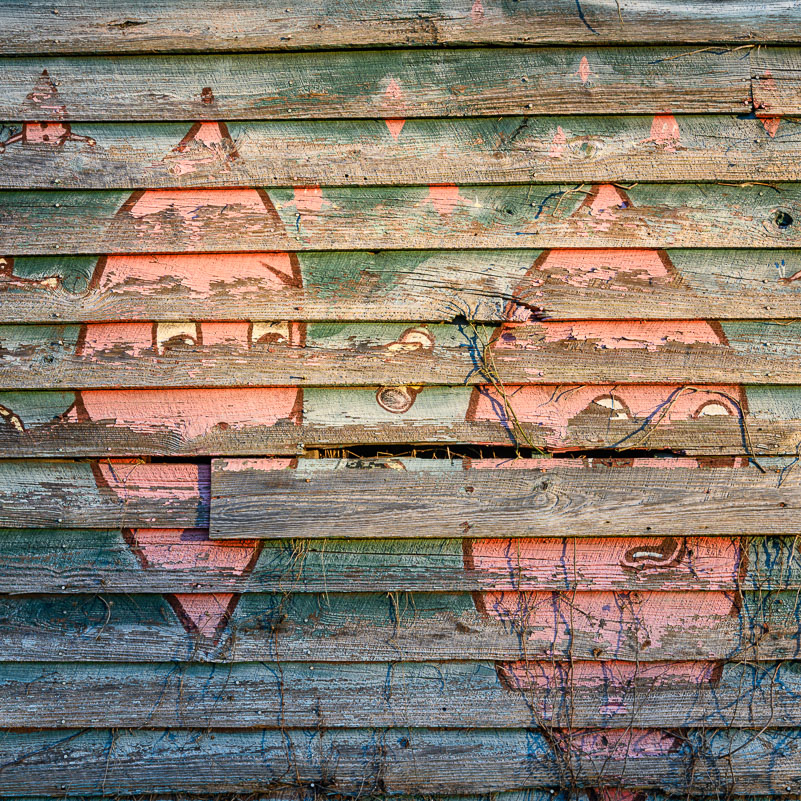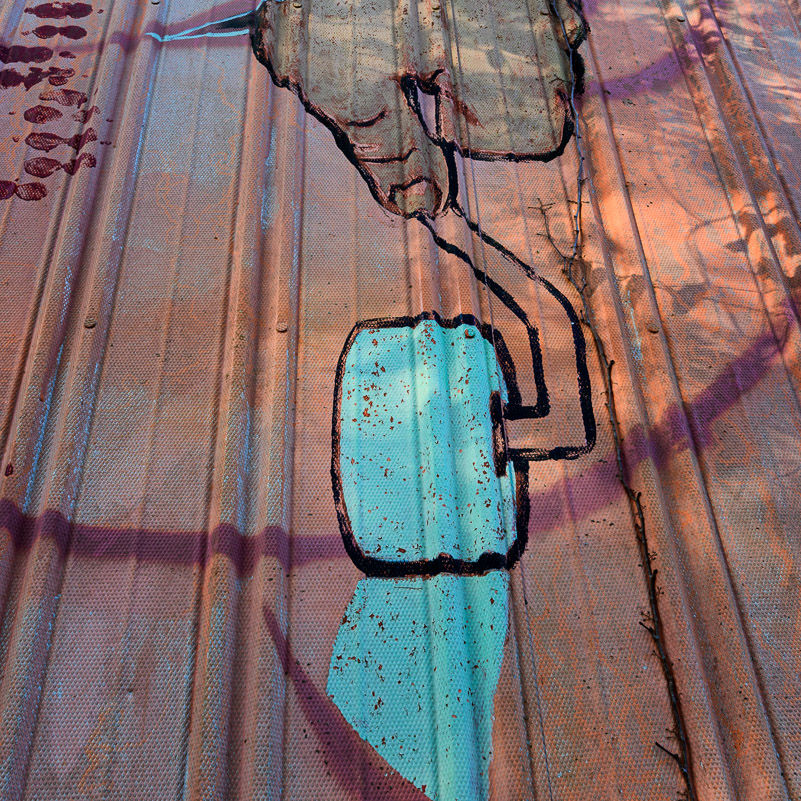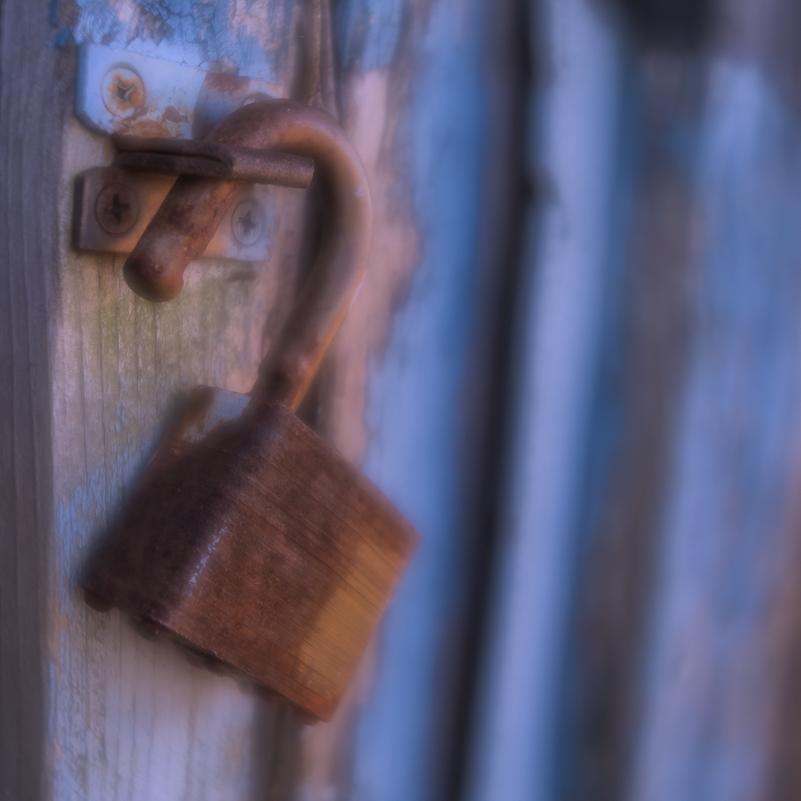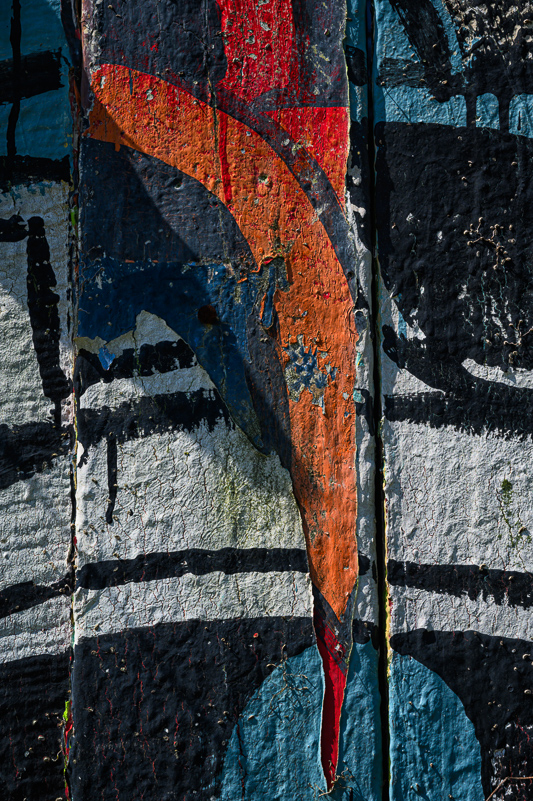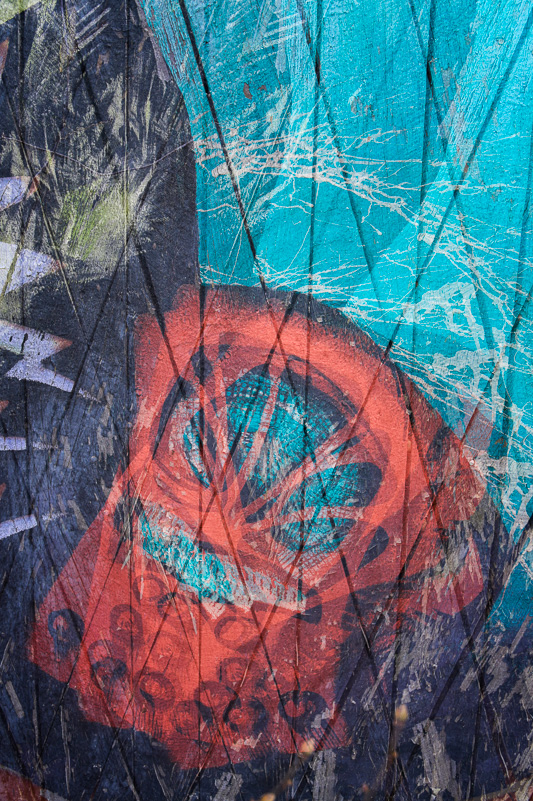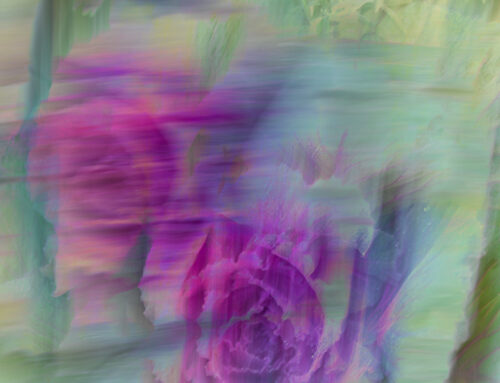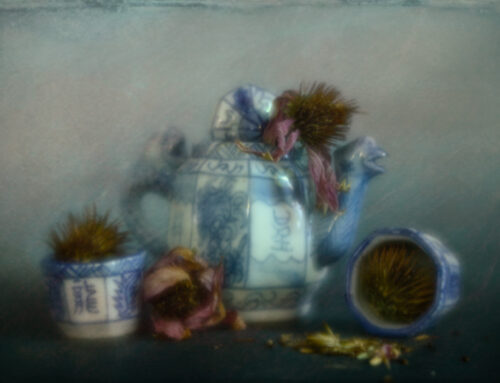The artist’s world is limitless. It can be found anywhere, far from where he lives or a few feet away. It is always on his doorstep.
— Paul Strand
In my photography journey (and in general), I have been as much a resister as I have been a creative embracer. Some of this simply originates from who I am – an observer first, then a doer. I have never been the first one to jump into new technology or feel the need to upgrade my gear every time a new camera is announced. With just about anything, I wait, I watch, I listen and then decide one way or another whether I need the next and newest of anything. If something is working for me, I don’t feel the need to change.
For decades I have been observing the work of others through their photography projects, mostly in the area of nature and conservation. While I care about conservation, the honest truth is that my passion within photography is more personal. My photography provides a place of peace, comfort and creativity. It has allowed me to explore subjects that move me in ways that inspire, excite, intrigue and bring healing and wholeness. And, while all of these elements are not present every day or every time I go out to photograph, they are a big part of the “why” for me. I need this creative outlet for self-expression.
BACKSTORY OF PROJECT RESISTANCE
Over the course of my life, I’ve been involved in and led several intense projects. The one that was most personal as well as all-consuming for well over ten years was as the Founder of the Breast Cancer Resource Directory of North Carolina, which was a free resource (in print and online) for anyone impacted by breast cancer, from diagnosis and treatment to end of life issues and everything in between. It was personal because I am a two-time, 31-year breast cancer survivor, and I knew the importance of the information that was being gathered and shared. It was a passion project, for sure, and I wouldn’t go back and change any part of it because of the incredibly positive impact to thousands and thousands of people within the breast cancer community at a time when information was not nearly as accessible as it is now. However, the project itself was a more-than full-time, primarily volunteer, job. In addition, I worked a full-time job at a law firm. The commitment level was high. I didn’t do it alone (and couldn’t have), but I was the last one standing when the project finally ended.
So, when I heard about personal projects in photography, the resource directory project was my point of reference. I was not ready to undertake any more all-consuming passion projects – no matter how much I love photography and no matter how much it is my “soul feeder”. Actually, I want to keep it that way. Truth is I didn’t want to put myself in a “consumptive” or “obsessive” mode again, ever. At one point I vowed not to be in charge of another project again, period.
SO, WHAT IS A PERSONAL PROJECT?
When I looked up “project” in the dictionary, the first thing I read was “an individual or collaborative enterprise that is carefully planned to achieve a particular aim.” That didn’t sound very exciting or interesting to me. Then, I read that “an ongoing activity without an end date is not considered a project.” That, too, didn’t fit my conception or understanding of a personal project as a visual artist. Neither did “temporary endeavors that are unique and have specific goals and objectives to achieve,” but it came closer.
Only when I searched for “personal projects” did I come across a description by Chase Jarvis on the Creative Live blog that fit just right: “personal projects can be anything … doesn’t have to be big … that expresses your ideas or interests” AND “they can take years, even decades, to grow and develop.”
Bottom line – the personal project is for me a way to focus and explore and express my unique vision and a way for me to learn more about myself and to grow as an artist. It is not something that comes with a requirement to produce something tangible, though it could, and it might
Instead of quoting much of the blog post by Chase on “The Power of Personal Projects,” I highly recommend that you click the link and read it for yourself. And, if you want to learn more about personal projects in a guided fashion, consider Mary Presson Roberts’ “Personal Projects Workshop.” My conversations with Mary were about how she has done them and how they have varied in nature, time and purpose, and how they have helped her. I have been pushed out of the tiny circle that is my comfort zone into the much larger circle beyond.
I look forward to embracing my own personal projects in a way that works for me. In fact, as I mentioned already, I’ve been working them for years without knowing it. Now, it’s time to gather my raw material and put together a running list of all the “unintended” personal projects so that they have the opportunity to show me more about myself, to help me understand the “why’s” of them, and recognize how they have and will continue to help me grow not only as an artist, but as a person.
BREAKING THE ICE
What I did not want was to “sign on” to another project that obligated me to go all in, full bore, with no way out. I did not want a permanent “must do” on my always growing “to do” list. Gradually, through my observations of the work of other photographers and the insights they’ve shared from their personal projects over the last several years, I have become intrigued. I have even begun wondering what, if anything, I might be missing in my own work for lack of a project. My resistance has softened, and I am seeing the value of having something personal to focus my photography on, for whatever reason and in whatever way works for me.
My friend and workshop co-leader, Mary Presson Roberts, has played a part in this softening. As I have watched her share her projects and talked with her about them, I realized that I have had a number of personal projects going for over twenty years without realizing it. I just haven’t thought of them in that way because they have come about naturally. Among these projects (all of which have not been formally identified as such) are my love of trees, flowers, dead plants, old barns, farms, old cars, and so on. As noted, I have not formalized any of these ventures, so technically they are not projects. More accurately, they are collections of some of my favorite things that have the potential to be more focused personal projects. Right now, they are the broad strokes that provide a good amount of raw material for smaller, even more intentional personal projects.
MY PAINTED BARNS – MY FIRST AND LONGEST RUNNING PROJECT
Know me long enough and you’ll hear about “my barns.” They’re not really mine, and yet they are… It all began in the spring of 2004 when I was on the way to Grandfather Mountain Nature Photography Weekend. My new friend Jane asked if I had heard of the painted barns of Cameron. I had not. She knew I loved photographing barns and the rural landscape (still do). We went to an exhibit featuring those barns at the Southeastern Center for Contemporary Art (SECCA) in Winston-Salem on our way to Grandfather Mountain. I learned about the group of artists called the “Barnstormers” (led by David Ellis, a local), who painted over 25 tobacco barns and other buildings outside Cameron, NC. Over fifty artists were involved, along with the community – donating food, paint, lodging and more – in support of this creative project. Needless to say, after this visit to the exhibit and one to the barns, I was hooked.
I was still shooting with slide film then, and the paint on all the barns were still fresh and vibrant. I wondered, as many others probably did, what in the world the artists were thinking when they painted the barns. At first, I also wondered what might have been influencing the crazy designs. As time went on, I realized that they were just going with their unique visions and imagination. Since that first visit, I have adopted and photographed the barns at least twice a year for the last twenty years. I’ve led one-day field workshops and shared “my barns” with over a hundred photographers, some of whom have kept coming back with me and others who have come from states away to see them.
I’ve been asked many, many times, “how long will you continue to photograph these barns?” My answer has stayed the same, “Until the last one falls.” Over these years some of the original barns are gone, at least eight. Some are worn and weary, and I can see that their time is more limited than I would like. Others have been preserved and protected and have more years ahead of them. To say that I have adopted them is pretty accurate. I have named many of them, have made friends with the owners, have heard many stories about how they came to be. I am attached to these painted barns in a way that I never anticipated. I love them. They excite and challenge me. The time I get to spend with them is never enough. Each time, I discover something new that I had not noticed before. During every visit, I try to do something different in how I approach them photographically. My style has changed from the early years of being more documentary in nature and has evolved into a more interpretive way. As I go back to my much earlier images, I can see the growth and evolution of my work along with the aging and decline of the barns.
My most recent visit, which was far too short, had me alarmed. At one location much of the brush and trees surrounding the barns was gone, revealing even more age and wear, but also showing whole sides of a few barns that I had not seen in years because of the overgrowth. We stayed until dark in that one section. I was afraid the barns were going to be torn down (though some may end up falling anyway). When the light of day was done, I knocked at the owners’ door and first asked, “Remember me? I’m the one that came by about a year or so ago to ask about one of your barns.” They remembered, mostly because I spent time with them and shared stories about the barns. I then asked if the property had been sold and if the barns were going to be torn down. Thankfully, the answer was “no.” Nevertheless, I will be making a return visit sooner than later to photograph them while they are still here.
I anticipate and hope that I have at least five more years before I have to worry about losing all of them. In the meantime, I will continue this unintended personal project (my love affair with the painted barns) for as long as the barns are upright. And, while I am home, I will begin gathering all my painted barn images, including the ones on slide film, to see where they will lead me creatively and photographically. More than a few people have said, “you should do a book.” Perhaps, but if I do, I will know when the time is right to work on that personal project “extension.” For now, I will continue to spend as much quality time with my barns on a more regular and frequent basis. I recognize their fragility and their even more imminent temporal nature on so many levels.
PARTING THOUGHTS
The images I’ve shared in this blog are just a small sampling of the thousands I have made over the last twenty years. Who would have thought that these painted barns could have drawn me in so deeply and for so long. If you’d like to see them, I’m happy to share with you how to find them on your own. If you’d like a personal tour, we can arrange a “field day” together. Perhaps you might understand why these old tobacco barns with painted sides, fading designs and peeling paint have been such an unexpected “muse” for me. I have yet to find anyone else who has photographed them as much or as long as I have. I can’t wait to see what I uncover and discover in the gathering of all the images of “my barns!” I am certain that the “why” of this project goes deeper than the barns and peeling paint. Perhaps the gathering of the images from all these years will tell me more.
I wonder . . . are you realizing that you have embarked on the unintended personal project as well? If so, I encourage you to think about how you might gather those raw materials and unlock some ways in which getting more intentional and focused might encourage growth in your photography and in you. What will you discover when you gather all the pieces together?
